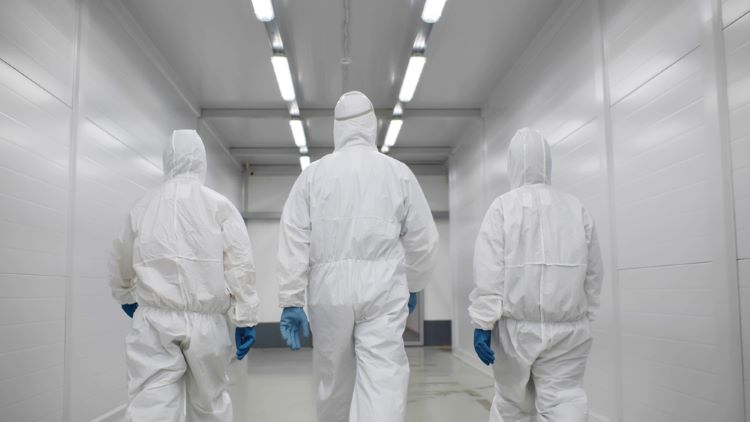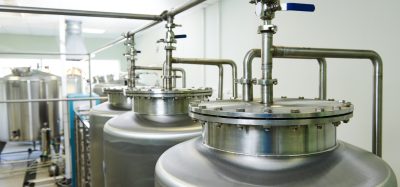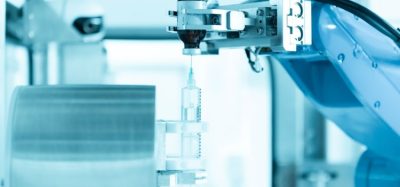Innovating intelligent cleanroom control systems
The proposed technique outperformed traditional controllers, supporting improved air quality control in cleanrooms, according to the study.
Researchers have proposed a novel technique to control precise CO2 concentration in cleanrooms. Their study on air quality control illustrates an intelligent method that provides an efficient and reliable approach to maintain exact CO2 concentrations in cleanrooms.
The approach is based on an improved Crested Porcupine Optimizer (ICPO) algorithm. The platform developed “utilises CO2 sensors for data collection and integrates cloud-based analysis to optimise system performance,” the researchers explained.
Precision in cleanroom air quality control
By optimising Proportional–Integral–Derivative (PID) controller parameters, the team’s vision was to improve control of variable air volume (VAV) air supply. Benefits of the proposed system includes its ability to effectively integrate real-time monitoring with cloud-based optimisation. It also improves air quality regulation, among other benefits, they noted.
The proposed technique has sustainability credentials, according to Cai et al. It lowered energy consumption by approximately 40 percent during air volume adjustment compared to traditional PID.
As for other notable findings, simulations showed that the ICPO-PID had a settling time of “just 59 seconds and an overshoot of only 5.14 percent”.
real-world performance of the ICPO-PID system showed that it outperforms traditional controllers in terms of regulation speed, stability, and energy efficiency.
Cai et al. highlighted that traditional PID controllers are used in VAV systems to regulate CO2 concentration. Yet these have several limitations, including “slow response times, low control accuracy, and high energy consumption under varying disturbance conditions”.
Positively, assessment of real-world performance of the ICPO-PID system showed that it “outperforms traditional controllers in terms of regulation speed, stability, and energy efficiency”.
For this evaluation, the team monitored CO2 concentration and energy consumption, and they altered air supply volume based on concentration fluctuations. This provided a “comprehensive” understanding of the technique’s performance in a real environment, Cai et al. shared.
This study was discussed in a paper published in Electronics.










